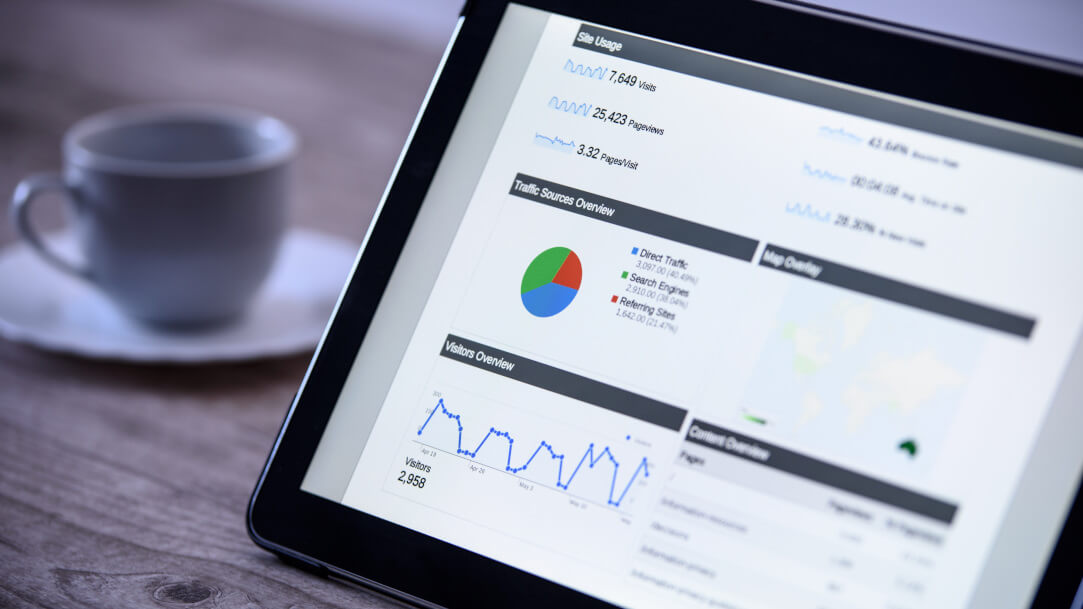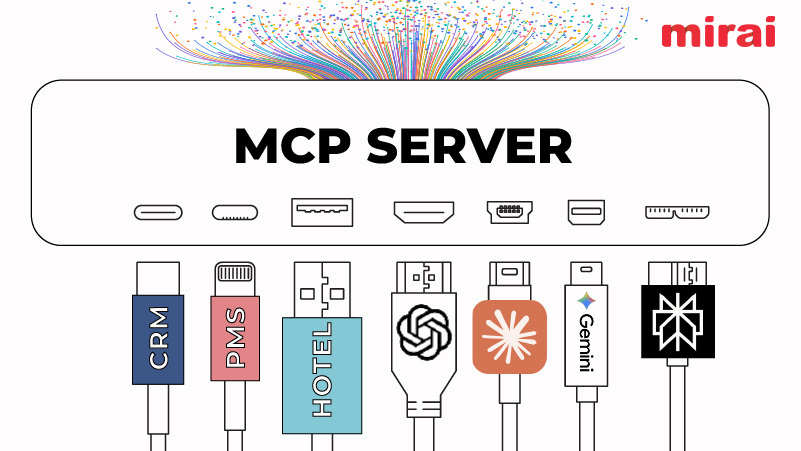
NB: This is an article from FUEL
Recently, email ranked as the channel with the most staying power in the Litmus “Email Marketing in 2020” report. Marketers are pleased that this minimum cost for maximum return method is here to stay and we agree.
Dead is the spray and pray approach of haphazardly sending email blasts and hoping for the best. Would you shop for clothes that are one size fits all? It’s time to stop thinking about your consumers this way.
Email is one of the only forms of direct communication a brand has with its consumers. It should be nurtured, well thought out and cultivated to its full potential. This is especially true for hotel marketers, whose consumer base may only purchase once a year (more for that lucky percentage of the population with copious amounts of disposable income). Staying top of mind is important, however there is a fine line between brand awareness and bombarding consumers to the point of no return (literally, they will unsubscribe).
Luckily, we’re here to expand upon some of the proposed trends for the future of email.
One major theme from the report is the change in inbox landscape and functionality. Industry experts weighed in on the shift to optimized inboxes. We’ve been introduced to this trend already with manual and automatic services from SaneBox to Gmail Tabs to downright aggressive spam filtering and more. The thought that your email will reach your consumer with its bells and whistles still intact is second-rate at best.
Hoteliers, we’re looking at you. Stop working for your email and start making it work for you. There are several strategies to help you maintain relevance in your consumers’ ever-changing inboxes.
Treat your email list like the asset that it is.
Too often we have clients that are data-obsessed for the wrong reasons. People are trained not to provide personal details because marketers have not done a good enough job of sending them what they want. Start utilizing your data in a way that benefits you AND your consumer.
Segment your email list and automate your emails.
Triggered Email Sends:
Typically, triggered emails are generated from a consumer action such as a hotel booking or cancellation. Confirmation, modification and cancellation triggered emails have become standard practice in the hotel industry.
Some other hotel-specific examples of triggered emails can include welcome emails, event reminders and check-in/check out emails.
- Welcome Emails: A welcome email is polite, but a welcome campaign is creative. Don’t be afraid to take a traditional welcome email to the next level. Be aggressive and beat out the competition by following up. Thank the consumer for subscribing and provide a clear path to navigate different areas of your website they may want to browse. Follow through with a special offer to those who haven’t booked.
- Event Reminders: Selling event/attraction tickets AND room nights? Double whammy. Set up an email campaign that not only gets guests excited about what you’re promoting, but highlights hotel amenities they can enjoy during their stay.
- Check-in/Check-Out: Arrival emails are a good way to showcase what the property has to offer and notify guests of on-site specials. Departure emails provide a good opportunity to collect data via post-stay surveys while the customer’s experience is still top of mind. You can amplify your triggered real-time customer communication with push messages from our GuestExpress mobile app for hoteliers.
- Cart Abandonment: Hoteliers can also implement an abandonment email strategy to recapture a customer or help expedite the booking process. We can capture the consumer at three stages here and design an email based on each phase of the booking process.
- Visits a site but does not browse.
- Browses a site but does not book.
- Selects a room to book but does not purchase.
Get creative! Routine triggered emails are overwhelmingly boring. Who said reservation information had to be mundane? A consumer’s experience of your brand begins during their search, not their stay. Another theme mentioned in the report is interactivity in the inbox. We’re embracing this trend in its early stages and you should too!
Rule-Based Sends:
Rule-based email sends can be simple or complex. They are single or repeating filtered sends based on a set of defined rules. These rules can include stay dates, number of children, cancelled reservations, booked dates and more. Some good examples include:
- Anniversary Emails: Anniversary emails can be a good way to remind guests of the great stay they had with you and prompt them to book again. They can also be a great way for hotel marketers to utilize dynamic content. We’ve seen success with an anniversary email send based on book date with dynamic content based on previous stay date. Here the specials in the email will change based on the data we’ve collected from the guest.
- Event Promotions/Area Attractions: Want to let guests know about what’s going on in town or at your resort? Unless you believe that what you’re promoting will make subscribers book, exclude those that don’t have a reservation. Don’t saturate inboxes with email that doesn’t pertain to the audience it’s being sent to.
- Announcements: Minor maintenance on the pool? Let your in-house guests during that period know it will be out of commission. Of course, this is just one example a rule-based announcement. Tweak rules to send announcements to subscribers that will find them relevant.
Segmented Email Sends:
Remember when we said, “Start utilizing your data in a way that benefits you AND your consumer?” Well, we’re repeating it. Use your consumer’s profile attributes to send relevant emails. A third trend from the report is hyper-personalization in emails. We’ve already started integrating hyper-personalization into our email strategies by tailoring rule-based triggers and dynamic content. We want to drill down further with specific segments of what we know (or what we can find out) about our consumers.
- Birthday Emails: Birthday emails serve as a good opportunity for hoteliers to provide exclusive deals for that possible impromptu getaway. Take it a step further and set up a birthday email campaign. Follow up a few weeks later to check in on how their special day went.
- Re-engagement Email Campaigns: Email lists should be actively managed and cleaned. Your subscribers’ status is noted within each individual profile. A subscriber can be active, bounced, held or unsubscribed. Filter and remove bounced and held addresses to streamline your list and improve success metrics. Make your best attempt at preventing unsubscribes by providing the user with options. Give them the chance to receive fewer emails without opting out completely as well as an opportunity to change their minds and opt back in. If they’re set on unsubscribing you can leave an impression with a clever campaign that benefits brand awareness. Win back unengaged subscribers by determining who isn’t opening your emails and targeting them with revival content. Automate this process with a dynamic suppression list to exclude inactive email addresses per send.
The year 2020 isn’t too far off. Mastering email is crucial in a time when consumers, marketers and industry experts are establishing it as a channel of communication that is here to stay. Once you’ve mastered the art of automation, don’t turn a blind eye. Periodically check on your campaigns, rules and software to ensure email sends are seamless and not slipping through the cracks. Consumers change and hoteliers should adapt to accommodate what their audience wants. Be sure to evaluate software updates or glitches and adjust when necessary.




